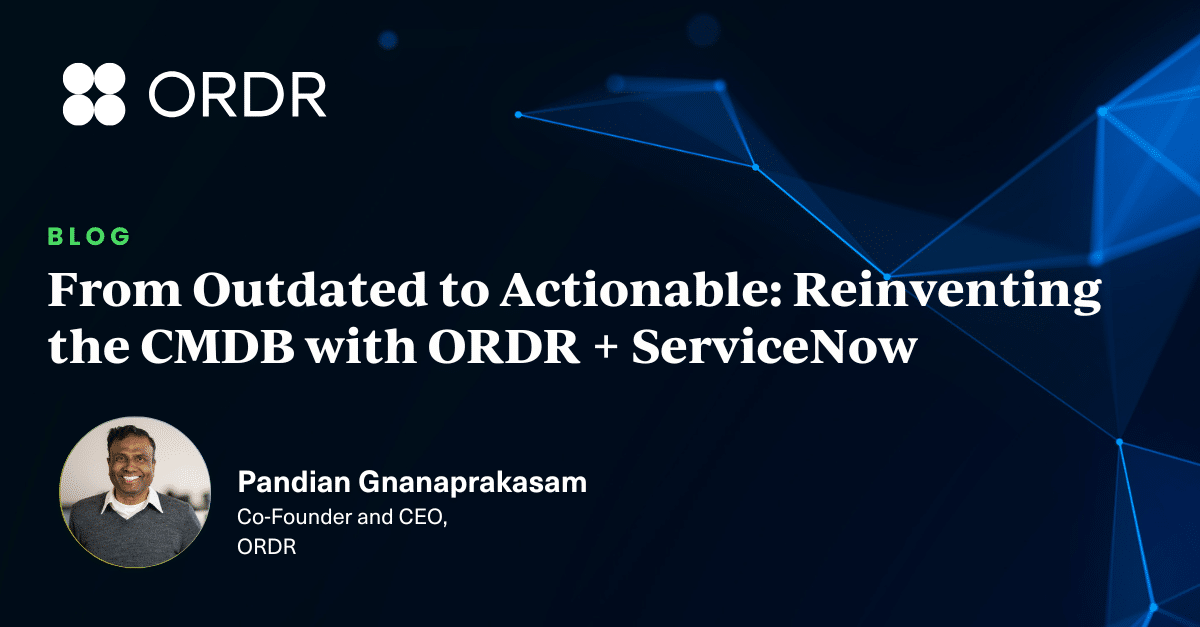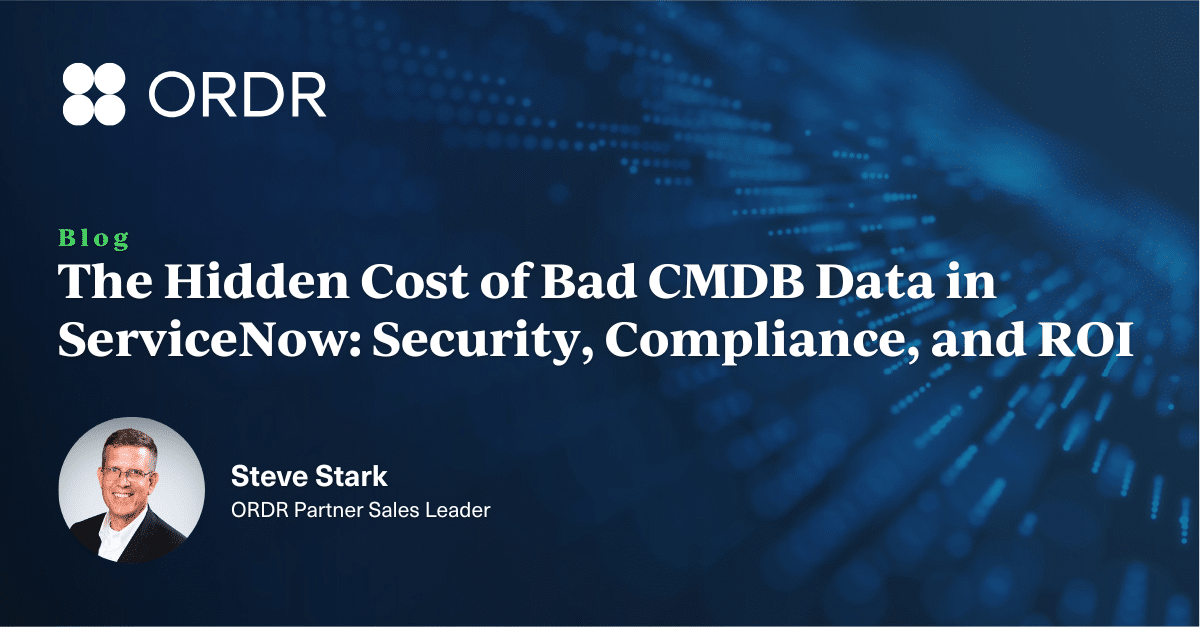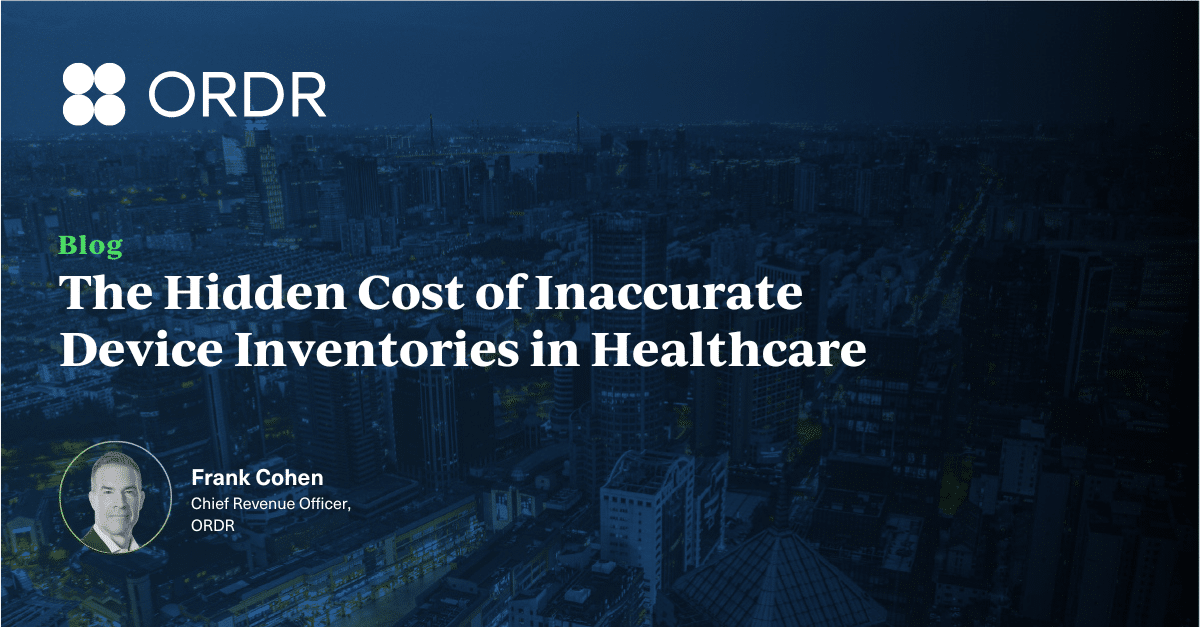Healthcare is one of the most targeted industries in the world, and for good reason: connected medical devices, patient records, and critical systems create a treasure trove for attackers. For CISOs, the decision of which security partner to trust is among the most important choices they’ll ever make. Yet the consequences of getting that choice wrong often reveal themselves slowly — in increased costs, growing complexity, and risks that quietly accumulate until they become a crisis.
When a Partner Becomes a Liability
The wrong security partner doesn’t always fail outright. In fact, many appear effective at first. They may offer visibility into connected devices, or help identify vulnerabilities. But over time, limitations surface. The data may not be accurate or comprehensive. Enforcement might require additional vendors, adding cost and slowing response times. And leadership changes or shifting strategies can pull the company’s focus away from healthcare altogether.
These aren’t small inconveniences. In healthcare, where uptime can literally mean the difference between life and death, gaps in visibility or delays in enforcement translate into real-world risk. When security partners can’t deliver consistency, the organization pays the price — financially, operationally, and reputationally.
The True Costs of a Poor Fit
CISOs know to measure vendor costs in more than just license fees. Choosing the wrong partner introduces hidden costs that accumulate over time:
- Integration Overhead: Multiple platforms that don’t seamlessly connect force teams to spend hours reconciling data.
- Higher Total Cost of Ownership: A cheaper tool that requires two or three others to complete the job is no bargain.
- Operational Drag: Security teams become bogged down in tool management instead of focusing on patient safety and strategic initiatives.
- Compliance Exposure: Incomplete or outdated device visibility makes audits painful and increases regulatory risk.
- Erosion of Trust: Clinical teams lose confidence in security when workflows are disrupted or devices go offline unnecessarily.
In the end, the wrong partner costs more than money. It undermines trust across the organization and erodes the CISO’s ability to deliver on their mandate: protecting patients and ensuring care is never interrupted.
Why ORDR is Different
ORDR was built with healthcare’s unique challenges in mind. From day one, the mission has been clear: deliver complete visibility, accurate data, and automated enforcement without disrupting clinical operations. Unlike competitors that require additional vendors to achieve segmentation, ORDR provides native enforcement through the infrastructure you already own. That means less complexity, faster remediation, and lower costs.
Equally important, ORDR’s focus on healthcare hasn’t wavered. While others shift strategies or experience leadership turnover, ORDR continues to innovate specifically for the environments where lives are on the line. It’s why 3 of the 4 largest U.S. healthcare delivery organizations already trust ORDR to protect their patients, devices, and networks.
The Partner You Choose Matters
Security isn’t just a product decision — it’s a partnership decision. Choosing the wrong partner introduces costs that ripple across your entire organization. Choosing the right one creates stability, confidence, and a foundation for long-term resilience.
The hidden costs of a poor choice are steep. But the benefits of the right one — a partner focused, proven, and committed to healthcare — are even greater.
Ready to see why top healthcare providers choose ORDR?
[Request your free healthcare security assessment + migration plan]

Interested in
Learning More?
Subscribe today to stay informed and get
regular updates from ORDR Cloud


